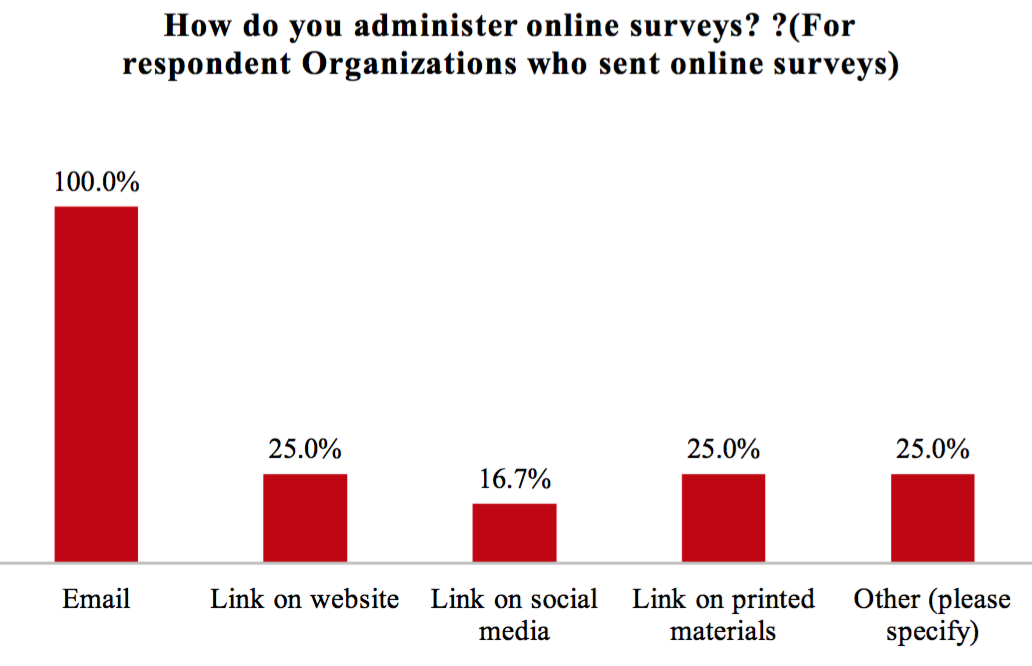Source: https://www.flickr.com/photos/notbrucelee/8016192302
We recently shared the social media results and takeaways from a national benchmarking survey of chamber music organizations(see bottom of the post for more detail on the frameworks, process and rubric for data collection) and are following up with findings and takeaways about another technology heavy area arts managers regularly deal with: patron data collection.
As an arts manager, you probably already know that collecting data is the only reliable way for your organization to know anything about your patrons. Knowing who is attending your programs makes it possible to know what types of people you need to attract in order to diversify your audiences. Additionally, knowing the missing demographic and geographic data that you want to attract informs strategic targeting efforts and enables organizations to make sophisticated marketing decisions.
The first benchmarking question in the patron data collection section simply asked each organization if they collected patron data. 68.8% said yes and 31.2% said no. To get a clearer picture of data collection in the field, the team asked about specific collection methods. More than three-fourths of those that collect patron data use their ticketing software. Over half of the respondents used online surveys to collect data and just under half used onsite surveys. The “Other” category denoted one of the organizations who sent surveys in the mail.
When asked how those that used online surveys administered them, all used email as a vehicle to send their surveys out. 25% also used links on their websites and on printed materials sent in the mail. 17% used links on social media to administer online surveys.
The organizations that collected data were asked if they offered incentives to increase their responses. 52% of the respondents answered that they did offer incentives and over two-thirds of these offered free or discounted tickets. Some other answers the team received in terms of incentives for data included VIP packages including a hotel stay, and bottles of wine in exchange for subscribing (which involves giving some demographic data).
Recommendations:
Collecting reliable data is critical. Patron data collection can be performed by conducting onsite interviews, sending out digital surveys, and utilizing ticketing software. Additionally, consistent track and perform deep analysis to understand your audience. Developing a tool to easily track and collect data about your patron as well as diving into the data from your ticketing software can help you understand reasons for either meeting or missing goals relating to expanded age diversity at various performances.
Additionally, using zip code information, consider making use of available Claritas psychographic tools or another similar database that can help you understand your audiences purchasing patterns. The Claritas system “defines every U.S. household in terms of 68 demographically and behaviorally distinct types, or 'segments', to help marketers discern those consumers' likes, dislikes, lifestyles and purchase behaviors.” Using the zip code data allows for analysis of the top audience segments in specific geographical areas in order to gain a better understanding of the psychographics of the audience.
Finally, develop metrics that correspond to what type of audiences you want to have, and revise and update them accordingly. As you continue to define the diversity you wish to see in their audiences or other goals, make sure to make the appropriate adjustments to how you track your data.
What best practices have you found when it comes to patron data collection? Let us know in the comments below!
*Each Masters in Arts Management candidate at Carnegie Mellon University must complete a systems synthesis project in order to obtain their degree. This semester long capstone project allows each student to work alongside other students in a team environment to solve real world problems for arts organizations. Last semester, one of the critical components to finding best practices in the field for a client included creating, administering, and analyzing a national benchmarking survey to 32 organizations in 15 cities across the country comparable to Pittsburgh that met the following criteria:
• Had a budget less than $1.3 million
• Were a presenting performing arts organization
• Were chamber music-focused
Note: Figures listed above represent percentages of those who answered the question.




